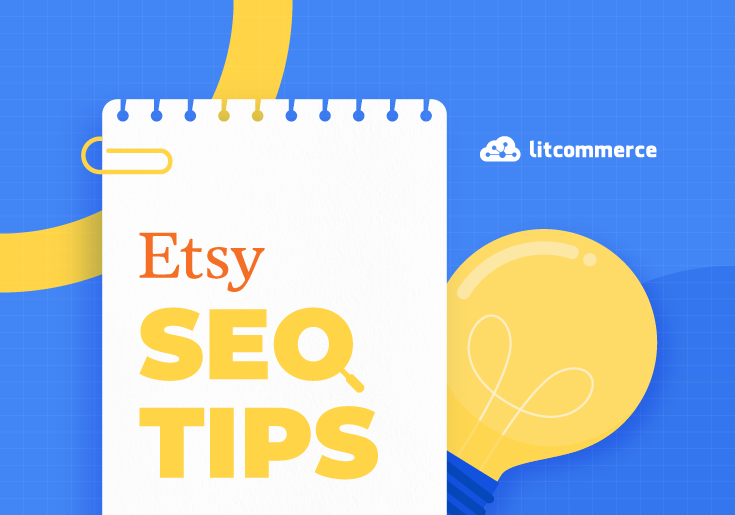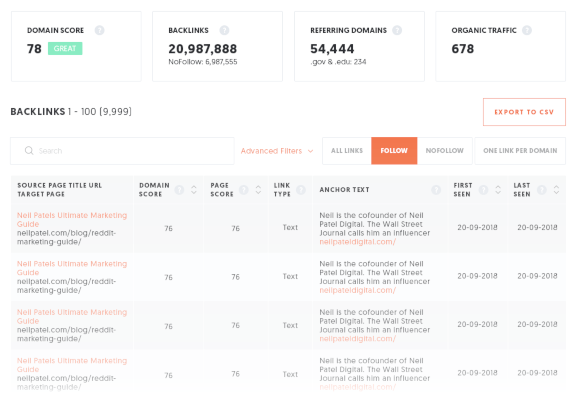
In this article, I'll explore some of the key arguments for and against writing long-form content. Long-form content is strongly influenced by the knowledge of the audience. People with deep expertise in a particular field or a strong interest in the subject might be open to reading long-form content. People who are looking for a quick answer may prefer short-form content.
Arguments in favor or short-form vs long-form media
Both types of content have different goals. Short-form is meant to be a brief note of information, with a call to actions. Long-form contents are meant to give more information and authority on the topic. Long-form content takes longer to create than short-form content. You can publish short-form content more than once, and it requires less resources.
Long-form content offers valuable information in a single article, which is why it has a greater readership appeal. People are more likely to read long-form content because they get to learn more. Long-form content is not only informative, but can also help businesses to position themselves as thought leaders. This can result in higher conversion rates. Long-form content is more appealing to readers and can be easier to read, which makes it easier for them to take notes and stay on the page.
Keyword density
While keyword density is still important for SEO, content is king and the first priority should be quality and user experience. Keyword density has a greater meaning than you might think, and focusing on quality and user experience is always the best practice. Keyword density can help increase your content's conversions. However, it is important to be aware that both keywords and their impact on conversions are important. Here are some ways to optimize your content:

The TF – Inverse document frequency (or term frequency and inverse) algorithm is the main difference between long and short form keyword densities. It's used in information retrieval as well as text mining to determine relevancy. While this metric can be useful for SEO, it's far from foolproof. Using the right balance of keywords is important for your overall SEO efforts, and making sure that you're using the right amount of each can make a big difference.
FAQ
What are the best tools for on-page optimization?
Video embeds and image alt tags are great tools for on-page optimization. Learn more about these topics in this article.
What is On Page SEO?
On-page seo refers the actions that you take on your website to increase its rank in search engines. On-page optimization includes site architecture, page titles and meta tags. Image alt text is also included. Off-page optimization refers to any activities outside of your website that can improve its ranking. These activities include backlinks and social media shares.
Where can you find your keywords?
You'll need to consider what kind of products or services you offer and who your ideal customer is, and then look for standard terms related to those things. Once you have your list of phrases in hand, you can use Google Keyword Planner tools to identify the phrases people search for. Or you can go straight to search engines like Bing or Yahoo.
What's the time frame for PPC Advertising to produce results?
Paid searches take longer than organic results, because they have no natural flow. Searchers expect to see relevant results at the top when they are searching for something. Paid search results need to work harder to convince people to pay money to advertise on your site.
Statistics
- Deleting those 10k pages is one of the main reasons that he improved his site's organic traffic by nearly 90%: (backlinko.com)
- 93%of online experiences today begin on search engines. (marketinginsidergroup.com)
- A 62.60% organic traffic boost to that page: (backlinko.com)
- Sean isn't alone… Blogger James Pearson recently axed hundreds of blog posts from his site… and his organic traffic increased by 30%: (backlinko.com)
- 64% of marketers actively create SEO campaigns because they help hit multiple key performance indicators (KPIs), including increasing traffic, helping your site rank for relevant keywords, improving your conversion rate, and much more. (semrush.com)
External Links
How To
How can I tell if I'm doing SEO well?
There are several ways that you can determine if your SEO is doing a great job.
-
Your bounce rate should never exceed 30%. This means that users will abandon your page without clicking any other link. A high bounce rate indicates that your audience doesn't trust your brand or isn't interested in what you're selling.
-
Your site visitors visit many pages - this indicates that they are engaged with it and finding information useful.
-
Your conversion rate has improved - your customers are more aware of you product or service, and want to buy it.
-
Your average time on site has been increasing. Users spend more time browsing your content.
-
Increased traffic from search engines is a sure sign you're doing excellent SEO.
-
You're getting more shares on social media - this shows that your content is being shared by others and reaching audiences outside your follower base.
-
You are getting more comments in forums - this means that people respond positively about your work.
-
Your website will get more engagement - you'll see more likes. Tweets. Shares. Likes.
-
Your rank in SERPs has been increasing, which is a sign of your hard work paying off.
-
You're receiving more leads from your website - this shows that people have found your website organically and are now contacting you.
-
Your sales are rising - this is a sign that people who found your website while searching for your services and products are buying them.
-
A blog post that gets more views/comments shows that people find it interesting and useful.
-
More subscribers mean more customers to your email list. This shows that people are able to trust you enough to sign up for updates about your company.
-
Sales are rising, which means that people love you and your products to the point that they will pay for them.
-
Your social media followers are higher, which indicates that your fans are more likely to share your content or engage with you.
-
This means that journalists are talking more about your brand online. This can increase your company's visibility and your reputation.
-
This means that your brand is being recommended more often.
-
You will see people returning to your website over and over again. This shows that your customers are happy with the work you do, and they will return for more.
-
Your competitors are losing ground. They didn't invest as heavily in their SEO campaigns. This makes them appear bad.
-
Your brand's image has changed - this means your brand is becoming more popular among new customers.